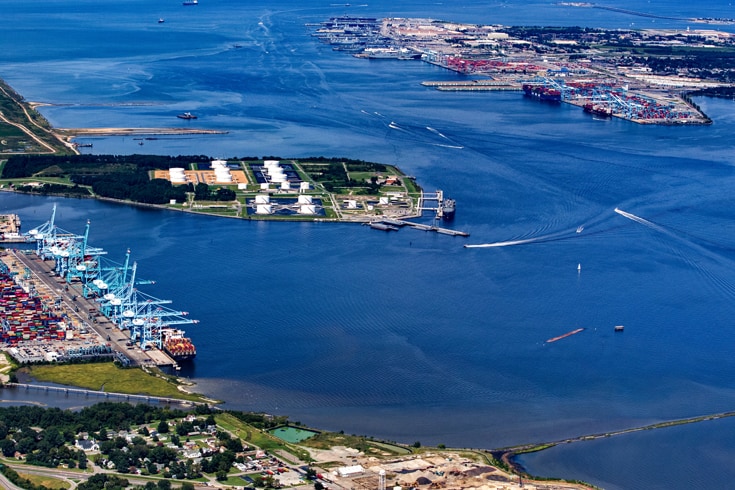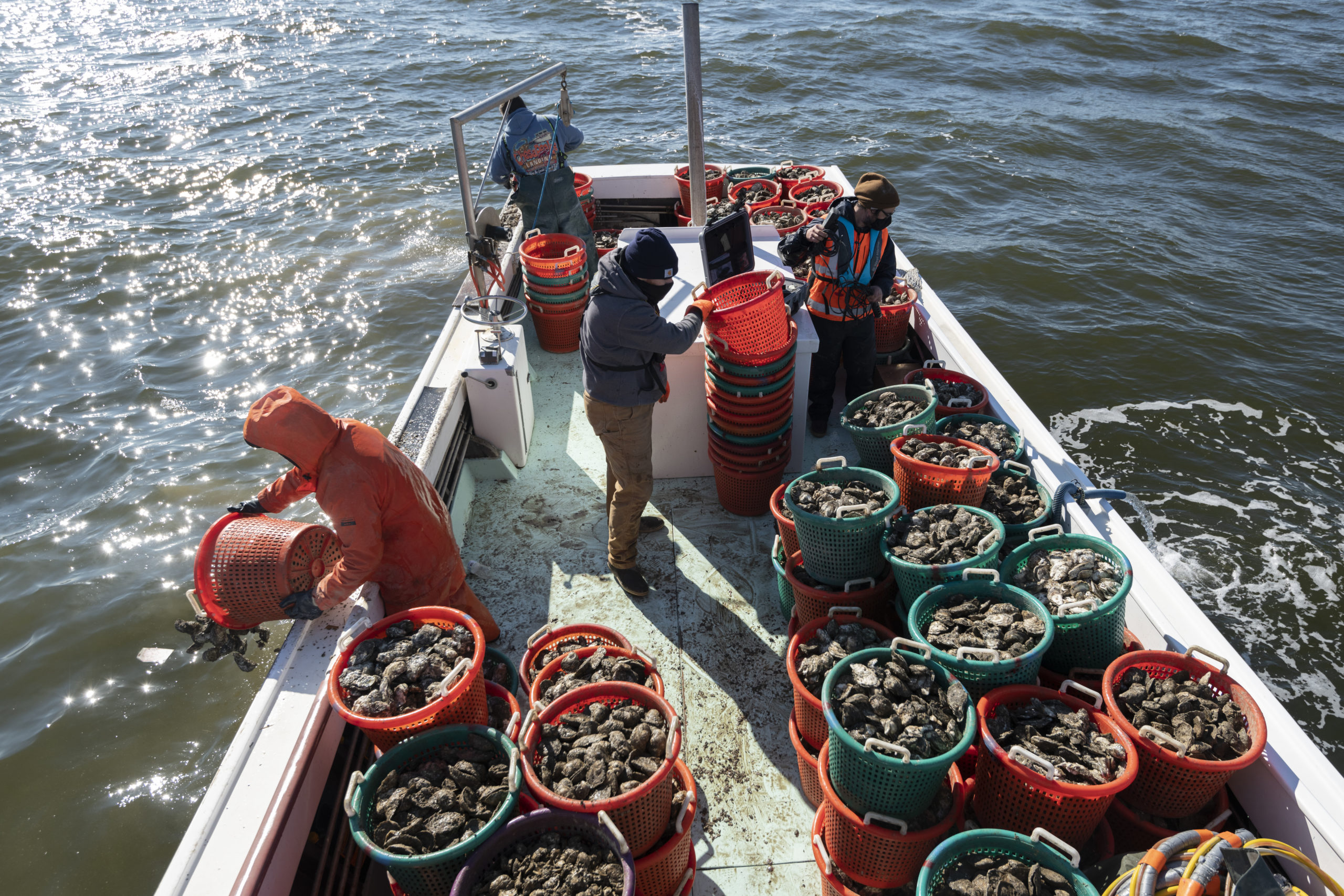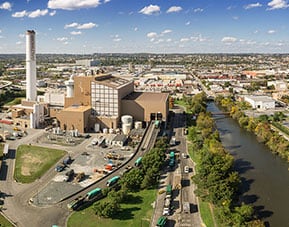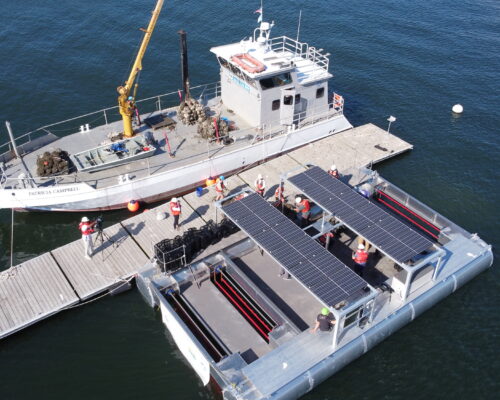From eastern Baltimore County and Annapolis to Hampton and Norfolk, nuisance tidal flooding from sea level rise is causing more headaches around the Chesapeake. The heart of the problem is backed-up underground storm drain systems. Now a sophisticated new sensor system in Norfolk is showing why: there’s water standing in them all the time, no matter the stage of tide.
The chronic high water has cut the capacity of some Norfolk systems by 50 percent. Even a minor rain can cause them to overflow into the streets they are designed to drain.
The good news is that the software behind the sensor system is tracking Norfolk’s pipes in real time. It provides not only warnings of backflow events but also long-term, system-wide performance evaluation that highlights trouble spots and drives strategic analysis to prevent flooding, prioritize retrofits, and minimize capital and operating costs.
The system comes from StormSensor, a “smart cities” startup in Seattle that’s “helping to build the sewers and storm systems of the future.” Funding for this pilot study comes from RISE, a Hampton Roads non-profit with “a mission to accelerate innovation and business growth around solutions to coastal communities’ resilience challenges.” RISE uses grants and technical assistance to support innovative startups like StormSensor as they pilot solutions that address problems caused by sea level rise and climate change.
In addition to storm drain systems, the organization subsidizes projects with living shorelines (including both plantings and shoreline oyster reefs), green infrastructure (e.g., rain garden systems and wetland restorations), workforce training for jobs in these businesses, and risk management. It seeks “to develop, test and scale [up] the next generation resilience solutions for coastal communities,” using the cities of Hampton Roads as a living laboratory.
The larger context of these projects is Virginia’s Coastal Adaptation & Resilience Master Plan, currently under development for release in late fall of this year. A broad-scale problem like sea level rise requires a comprehensive approach. This one will require wide-ranging, active partnerships between state and federal agencies, local governments, businesses, and local citizens.
Flooded roadways may be a nuisance, but sea level rise is real around the Chesapeake. Instead of lamenting it, organizations like RISE and innovative businesses like StormSensor see opportunity for Hampton Roads and the rest of the Chesapeake region to become leaders in developing solutions.
-John Page Williams




